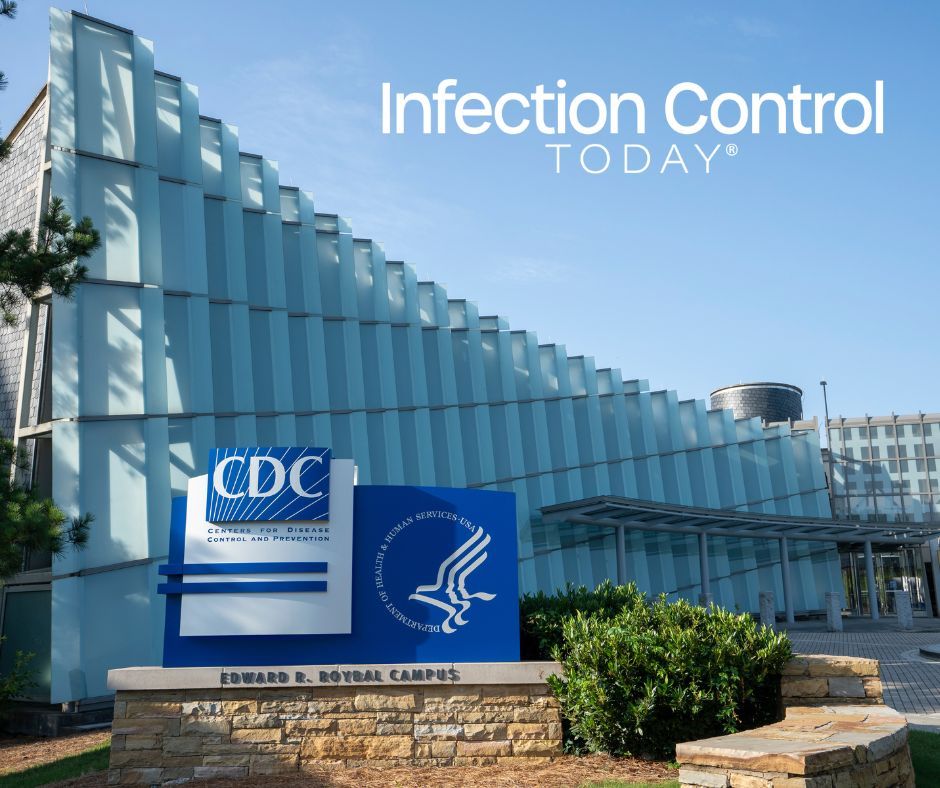Understanding NHSN's 2022 Rebaseline Data: Key Updates and Implications for HAI Reporting
Discover how the NHSN 2022 Rebaseline initiative updates health care-associated infection metrics to align with modern health care trends, enabling improved infection prevention strategies and patient safety outcomes.
CDC
(Adobe Stock)

The National Healthcare Safety Network (NHSN), under the CDC, has announced the 2022 Rebaseline initiative. This update to the national baseline used for calculating health care-associated infections (HAIs) metrics represents a critical step toward aligning infection prevention benchmarks with the current state of health care. NHSN seeks to reflect better modern health care trends and guide facilities in their mission to protect patients from HAIs by incorporating updated data and refining risk adjustment models.
The Rebaseline process involves updating the calculations used to measure standardized infection ratios (SIRs) and standardized utilization ratios (SURs). SIRs provide a metric for assessing HAIs relative to a national standard, enabling comparisons across facilities. SURs, on the other hand, evaluate the usage of medical devices, such as central lines and ventilators, compared to expected usage rates.
Since the last baseline update in 2015, the health care landscape has experienced substantial changes. Advances in infection prevention, shifts in patient demographics, and the emergence of global health challenges, such as the COVID-19 pandemic, have reshaped the environment in which care is delivered. This initiative is more than a technical adjustment; it serves as an update to align HAI metrics with current health care data and practices. Incorporating contemporary data and advanced modeling techniques, the 2022 Rebaseline provides health care facilities with a framework to measure progress, identify areas for improvement, and refine their prevention strategies.
The updated baseline will affect the calculation of SIRs and SURs for several key HAIs tracked by NHSN. These include central line-associated bloodstream infections (CLABSIs), catheter-associated urinary tract infections (CAUTIs), surgical site infections (SSIs), and ventilator-associated events (VAEs), which encompass conditions like pneumonia in ventilated patients. Additionally, bloodstream infections caused by methicillin-resistant Staphylococcus aureus (MRSA) and intestinal infections caused by Clostridioides difficile infections (CDI) are included in the scope of this rebaselining effort.
To support health care providers through this transition, NHSN has developed a range of resources. Detailed FAQs, training sessions, and a Rebaseline Progress Tracker have been made available. The tracker allows facilities to monitor the development and implementation of the updated risk adjustment models, providing a clear view of how changes will be applied.
While access to the 2015 national baseline will remain on NHSN’s website, health care providers should prepare to adapt to the updated NHSN 2022 Rebaseline, as it reflects new risk adjustment models and current health care data. These changes may result in differences in how their SIRs and SURs appear compared to 2015’s reports. It is imperative for health care providers who enter and analyze NHSN data for their facility to communicate the expected changes associated with the 2022 Rebaseline to hospital leadership and other stakeholders who rely on this data. Recognizing that the updated risk models could lead to variations in performance metrics is essential for fostering informed decision-making and ensuring organizational expectations are properly aligned.
For additional information and updates, visit NHSN’s website.
Show, Tell, Teach: Elevating EVS Training Through Cognitive Science and Performance Coaching
April 25th 2025Training EVS workers for hygiene excellence demands more than manuals—it requires active engagement, motor skills coaching, and teach-back techniques to reduce HAIs and improve patient outcomes.
The Rise of Disposable Products in Health Care Cleaning and Linens
April 25th 2025Health care-associated infections are driving a shift toward disposable microfiber cloths, mop pads, and curtains—offering infection prevention, regulatory compliance, and operational efficiency in one-time-use solutions.
Phage Therapy’s Future: Tackling Antimicrobial Resistance With Precision Viruses
April 24th 2025Bacteriophage therapy presents a promising alternative to antibiotics, especially as antimicrobial resistance continues to increase. Dr. Ran Nir-Paz discusses its potential, challenges, and future applications in this technology.